[vc_row][vc_column width=”1/4″ offset=”vc_hidden-xs”][vc_widget_sidebar sidebar_id=”sidebar-main”][/vc_column][vc_column width=”3/4″][vc_column_text]
Business CEOs and their boards must make many decisions: Where do they invest in their business? Do they add new business models, buy competitors or dive deeper into their niche? What do they do with leftover profits?
Amid all of these questions, a key consideration to keep in mind is that the decisions business leaders make don’t take place in a vacuum, but are influenced – and sometimes even dictated -by external conditions. In today’s context, the conditions we are discussing include very low interest rates and changing tax policy.
A company’s board has basically three decisions with regards to how to use the company’s profits. They can reinvest in the business today or at a later time, issue dividends to shareholders or buy back shares.
The U.S. equity market has experienced significant price appreciation in recent years. In large part, that growth has been driven by several sources and reflects multiple sectors across the economy.
In the aftermath of the economic collapse of 2008, business leaders were forced to focus tightly on the bottom line. By embracing technology, concentrating on profitability and making some very difficult and often unpopular decisions, business leaders continued to defend the bottom line. Consequently, as profits have increased annually, top line revenue has flat lined. This is not an ideal situation.
The very low interest rate environment has allowed leaders to borrow money in the bond market with yields that are near the dividend yield their stocks are paying. Keep in mind a coupon payment on a bond doesn't fluctuate over the life of the bond and that the payments are fully deductible from a tax standpoint. In contrast, a stock’s dividend yield is calculated based on the current share price of the stock. If a stock trades at $10 per share and pays a $1 dividend, the yield is 10%. If the same stock rises to $20 per share, the dividend yield falls to 5% – continually in flux as stock prices change.
Dividends are taxable to both to the corporation and to the shareholder. The tax changes in 2013 made dividends even more taxable for individuals earning higher incomes. The combination of lower rates and tax policy has led to market appreciation in the form of reducing the shares. If a company makes $100 but reduces the number of shares outstanding, then the earnings per share increase even though the business didn't necessarily grow.
Our economy has certainly come a long way from 2008. In comparison to our European counterparts, we are still experiencing minor inflation while the Eurozone has fallen into deflation. That is very concerning for all of us. While experts expect interest rates to rise this year, they errantly made the same prediction last year. As a result, the opportunity to borrow at low rates and buy back shares is diminishing.
Just as CEOs must decide where to invest profits, you must decide where to invest your nest egg. Proceed with caution.
Disclaimer: Do not construe anything written in this post or this blog in its entirety as a recommendation, research, or an offer to buy or sell any securities. Everything in this post is meant for educational and entertainment purposes only. I or my affiliates may hold positions in securities mentioned in the blog. Please see my Disclosure page for full disclaimer.[/vc_column_text][/vc_column][/vc_row][vc_row][vc_column offset=”vc_hidden-lg vc_hidden-md vc_hidden-sm”][vc_widget_sidebar sidebar_id=”sidebar-main”][/vc_column][/vc_row]


